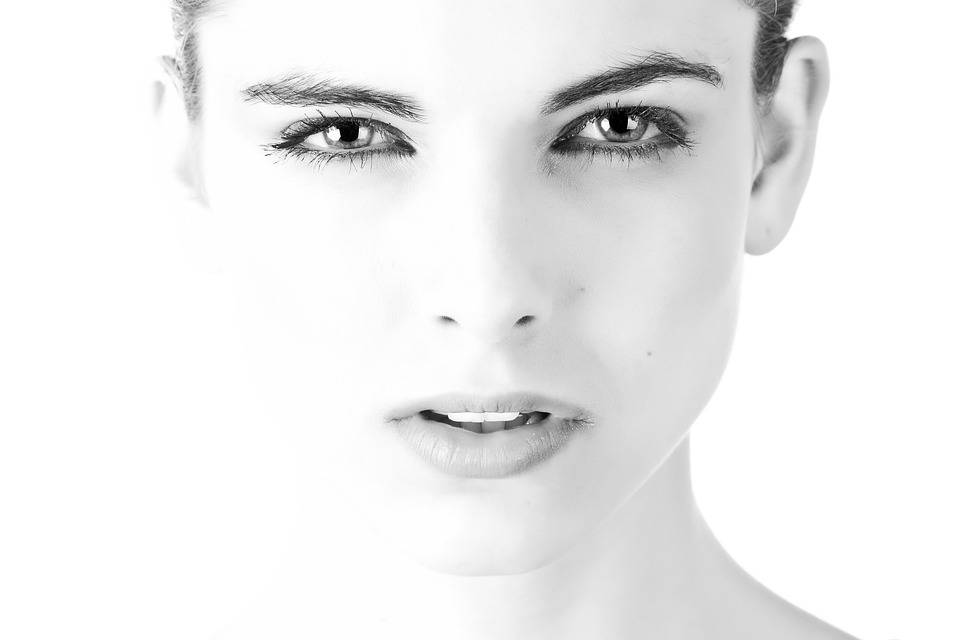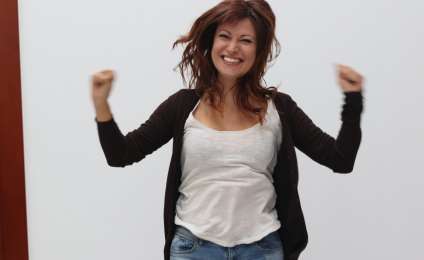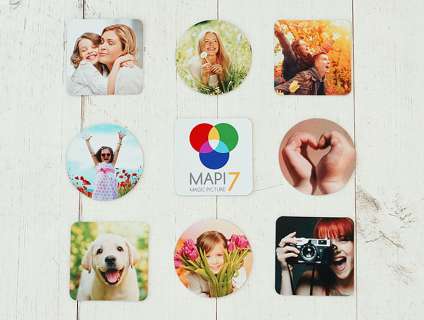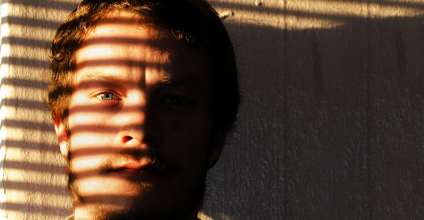Portrait photography rules
Published: 05.05.2020

Portrait photography is all about clear requirements and rules. A professional photographer knows that the key to a successful shot lies in simultaneously meeting several conditions. Hundreds of articles and posts have already been written on how to take portraits. However, we want to talk about unconventional portrait photography, which amateurs can also achieve. We suggest breaking the rules of portrait photography and creating vibrant portraits.
Experiment with eye contact
The direction of the model's eyes remarkably affects the image. In most portraits, the subject's gaze is directed towards the lens. This creates a real sense of connection between the model and the viewer. However, there are a couple of techniques worth trying:
- Look through the camera. Ask the model to slightly divert their gaze from the camera. So the viewer wonders what the person is looking at. Add intrigue. Let the model show some emotion that will surely arouse curiosity. The audience will be interested to know what caused the laughter or surprise in the person in the portrait.
- Focus on the subject. Instead of a classic portrait, direct the model's gaze towards something or someone. A child could be looking at a toy. A woman at a child. A man at a plate of food, and so on. When you give the subject something to focus on, an additional point of interest is created. This technique helps to create a 'story' in the image.
Break the rules of composition
Knowing and using compositional rules is useful. However, intentionally breaking the rules can lead to striking results.
Break the third rule!
Place the model on one side of the frame. This will create some space in the photo. Even professional photographers admit that this technique can sometimes lead to a powerful result. The image looks quite interesting.
You can print such a portrait.on canvasand transform the interior of the living space.
Experiment with lighting
The element of randomness in works largely depends on lighting. Light can ruin a shot. And it can make it extraordinarily attractive. When it comes to using light in portrait photography, the photographer's possibilities are limitless.
Side lighting creates a mood. Backlighting and the silhouette of the model give the photo character.
Do not be afraid of artificial lighting. Adjust it using makeshift materials. If the light from the lamp is too harsh, cover it with something that won't catch fire. Or create unusual shadows.
Create a Light album from cool photos. You don't need to print the photos separately. We will print your photos directly on the pages of the Light album. Upload your images to the free Mapi7 editor and create a themed Light album. You can upload photos from your phone.
If the task is to take a portrait against a background of moving objects, use the slow sync flash method. Many digital cameras have a "night mode" or "party mode". With this mode, the subject comes out quite sharp, and the camera captures lighting from all directions. A clear portrait in the photo looks like it was captured from a blurry background.
Deprive the object of the shooting of the comfort zone
Convince the model to perform unusual actions. For example, suggest jumping.
Discomfort reveals the subject. Such photos surprise and amuse. But at the same time, they are not subjected to ridicule. The model in the photo looks natural. Slightly childlike. But real.
Read in our article how to do it right.photographing in mid-air.
Use props
Put a prop in the frame. But don't use it for its intended purpose. Don't place the soccer ball near the feet. Let it be near the face. A lavish pink dress - not for a ball, but for a portrait shoot in the forest. Knock the ground out from under the viewer.
Suggest a mismatch of location and clothing, props and emotions. Let the first impression of the picture be dissonant. Further examination of the picture will make the viewer visually break down the portrait into parts, and then see it as a whole.
Forget about staged portraits.
Only professional models are able to pose naturally. It is difficult for an ordinary person to maintain a pose that is not natural to them for a long time.
Therefore, take a picture of the subject when they are engaged in their usual activities or in a natural environment for them.
Use this technique when shooting portraits of children. Take pictures of little ones when they are engrossed in playing with toys, watching cartoons, or talking with family members.
Take photos of your family and loved ones. Capture portraits following the rules. Use our unconventional approaches. Come up with your own variations of portrait photography. Alternate and complement techniques and conditions. Create an album Light from the resulting images. Portraits printed on the pages of Light look cooler than on a laptop screen or in camera viewing mode. Moreover, you can create a personal Portfolio yourself for free.editorCan be assembled under a thematic cover.
Favorite photos are a reason to create photo magnets. Round, square-shaped magnets, with shaped edges or a magnetic puzzle - the perfect souvenir. They don't need a shelf or album. Refrigerators, computer cases, cars, and other surfaces that are always in sight are the perfect place for magnetic photos.
And a touch of spices
Any food tastes better when seasoned with spices. The same goes for a portrait. An interesting detail changes the 'flavor' of a photograph. It adds aroma. We want to offer several techniques that will make your photo 'tastier':
- Portrait in a frame.The technique is to draw attention to one element by framing it with another. Ask the model to stand in a doorway or look out a window. Peeking through a small opening or framing with hands. Any framing of the portrait will add depth to the image and attract attention.
- Wide angle shot.Distortions that occur when shooting with a wide-angle lens create a dramatic effect in the photograph. The focal lengths elongate the face and body parts and elongate the background to infinity. It is worth using such a technique only in the presence of an impressive setting (background).
- Cropping format.Vertical framing is considered a portrait mode. But that doesn't mean you should only use it. Change the format. Shoot in a horizontal (landscape) position. Mix up the shots, add variety to the portraits.
- Wrong angle.Horizontal and vertical framing are not the only options for shooting portraits. You can achieve an artistic image by tilting the camera diagonally. A 45° angle will enhance the feeling of joy and energy in the portrait. Just be careful not to shoot with a slight tilt. Maintain a half of a right angle. Otherwise, people will think that your hand shook during the shooting.
- Full screen face.A portrait implies a person's face in the frame. But make the face even bigger. Fill all the space with it. Don't leave any background visible. This technique will definitely attract the viewer's attention. Because the model's face is the only feature in the picture. There is nowhere else to look :)
Mood=background.For a portrait, the most important thing is the person's face. However, you can change the mood of the photo by setting the background.
A minimalist background brings drama and sometimes tragedy to the forefront. A colorful background intensifies emotions. Abstraction creates excitement. Experiment with backgrounds to choose the necessary mood for the portrait.
Facial expression.Experiment with strong emotions. Ask the model to demonstrate different moods. Positive and serious. Capture not only these emotions, but also catch the change in moods. A series of portraits with different moods will turn out great.Set of magnets with photos. This will remind you of creativity and push you to continue developing, even on the refrigerator.
Portrait photography is an interesting project. Forget about perfection. Stop immediately deleting shots that you find unattractive. Leave the images alone so you can carefully review them later.
And do not be embarrassed by creative mistakes. Your mistakes are unique. Experience is priceless. Therefore, wisely select the best portraits. And create from them a Light album with a thematic cover for your Portfolio.











